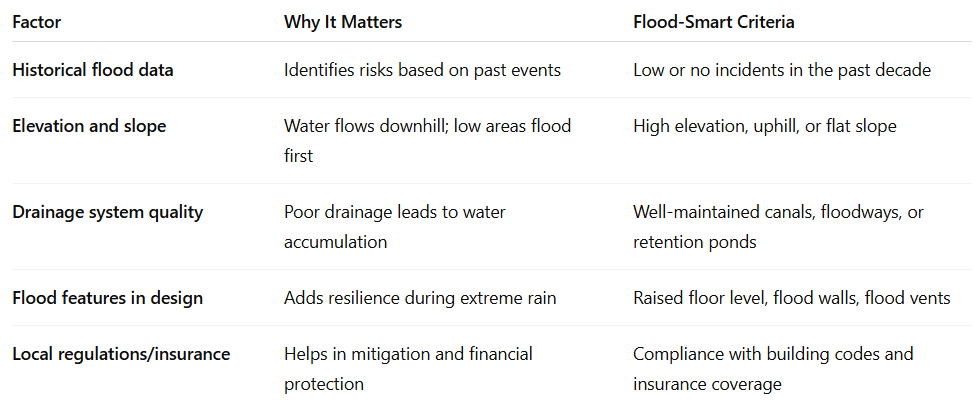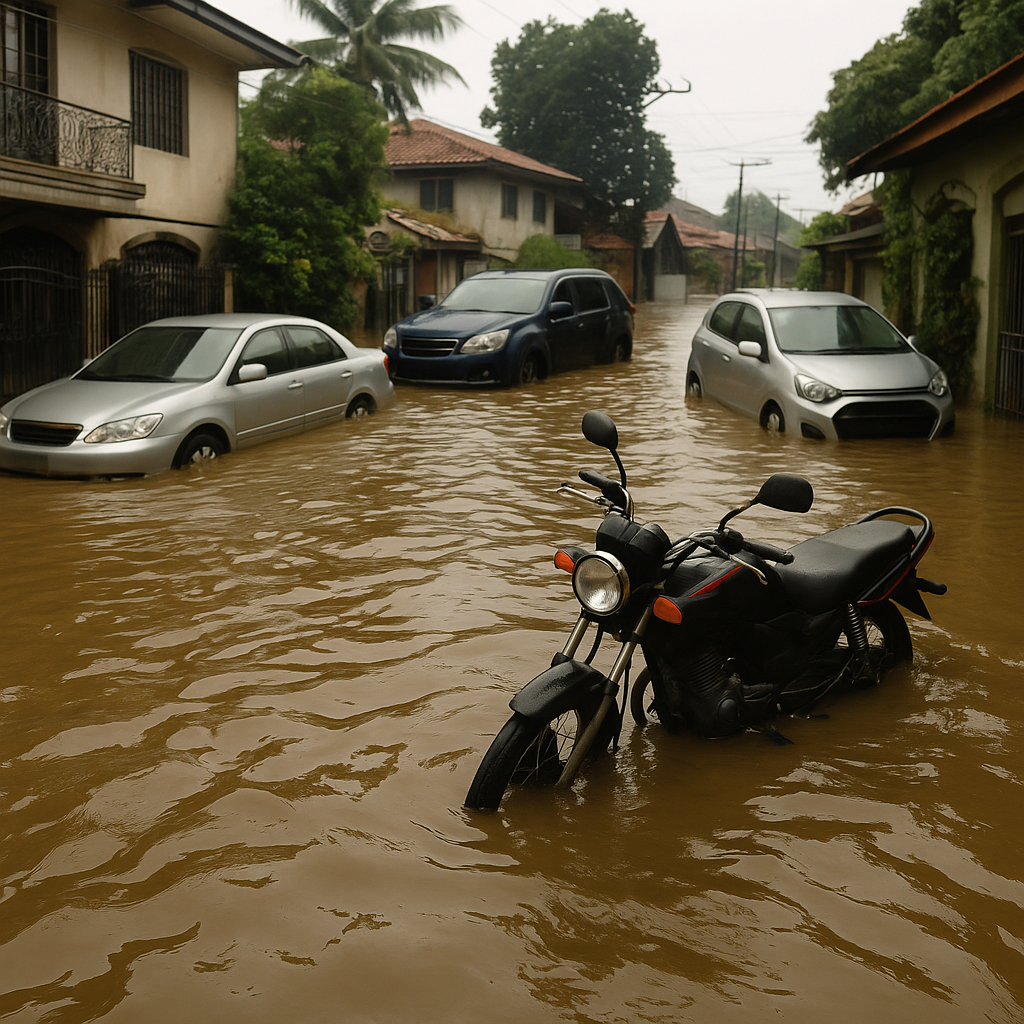In light of recent rainstorms and floods in Metro Manila and northern Luzon, now is the perfect time to choose a property that genuinely protects you from water damage. From evaluating flood risk to understanding local drainage systems, here’s everything you need to make a flood‑smart investment.
What’s Happening in Manila & Northern Luzon
- Severe Tropical Storm Co‑may (locally “Emong”), along with two other systems and an active southwest monsoon (Habagat), dumped heavy rains across Luzon. The downpours led to at least 25 deaths, displaced 278,000 people, and impacted nearly 3,000 homes in provinces including Pangasinan, Ilocos, Central Luzon, and Metro Manila
- Enhanced monsoon rains on July 22–24, worsened by Storm Wipha and other weather disturbances, triggered knee‑to‑waist deep flooding in Metro Manila and flooded towns in northern Luzon
- In early June, San Jose del Monte (Bulacan) and parts of Metro Manila experienced severe flooding: water rose quickly to neck‑deep levels, affecting hundreds of families; damage was worsened by debris‑clogged creeks and insufficient drainage
How to Choose a Flood‑Free Property
1. Check Historical Flood Zones
- Consult PAGASA flood hazard maps and local government records.
- Ask residents or visit during the rainy season to see firsthand whether certain areas flood easily.
2. Prioritize Elevation
- Choose properties on higher ground or with elevated foundations.
- Avoid low‑lying zones near rivers, creeks, or drainage basins prone to overflow.
3. Inspect Drainage Infrastructure
- Check for visible drainage systems: canals, floodways (e.g., the Manggahan Floodway in Rizal/Metro Manila), storm sewers, retention basins
- Properties located downhill from blocked drains or poorly maintained waterways are at higher risk.
4. Assess Water Management Features Look for homes built with flood defenses: raised structures, watertight lower walls, sump pumps, and landscaping that diverts water.
5. Speak to Experts
- Hire a flood risk assessor or environmental engineer to evaluate site-specific risks.
- A surveyor can confirm land elevation and slope.
6. Review Building and Insurance Options
- Check whether the area qualifies for flood insurance.
- Understand building codes: some flood-prone zones require flood-resistant construction.
Buying Tips Summary Table

FAQs
Q: If a property is currently dry, does that mean it’s flood‑safe? A: Not always. A property that’s dry today may still be in a flood-prone area, especially if storm drainage is poor or if water is diverted nearby. Always consult hazard maps and rainfall history.
Q: Does being near a river always increase risk? A: Usually yes, especially if within the floodplain. However, proximity to well-managed flood-control infrastructure (like the Manggahan Floodway) can reduce risk if properly maintained.
Q: Can landscaping lower flood risk? A: Yes, grading, permeable surfaces, retention swales, and raised planting beds help absorb or divert water.
Q: Are newer homes less prone to flooding? A: Not necessarily. New homes in flood zones may still flood unless built with flood‑resilient design. Know the code standards and confirm actual site elevation.
Q: What insurance or financial steps should I take? A: Investigate if flood insurance is available in the area. Confirm your lender or government requires it. Also review historical flood events and infrastructure maintenance schedules.
Recent flooding across Metro Manila and Luzon highlights how unpredictable and damaging water can be even in areas thought to be safe. By choosing higher ground, verifying drainage infrastructure, studying flood history, and investing in flood‑aware design, you’ll reduce risk and ensure peace of mind in your new home.
Need Help and Guidance? Talk to Propertyfind.ph Experts.
📷 CTTO
